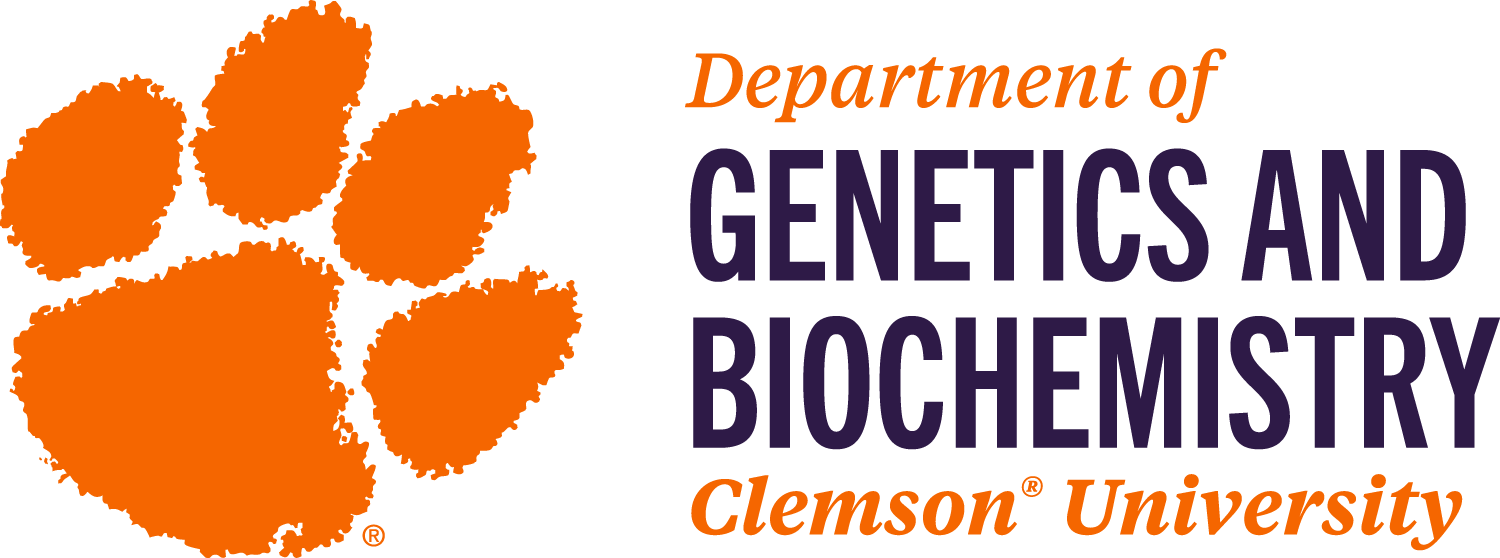Profile
Cheryl Ingram-Smith
Genetics and Biochemistry
Associate Professor
Graduate Program Director
864-656-2376
Life Sciences Building 257A [Office]
Life Sciences Building 260F [Lab]
Educational Background
BS, Biology, MIT, 1986
PhD, Molecular Biology, University of Pennsylvania, 1993
Research Interests
As part of the Eukaryotic Pathogens Innovation Center (EPIC), my lab is interested in the intestinal parasite Entamoeba histolytica, which causes amoebic dysentery in ~100 million people each year. E. histolytica is ingested in its cyst form in contaminated food and water. In the small intestine it converts to its amoeba form and then colonizes the large intestine, where is can cause dysentery or establish an asymptomatic infection. We are studying how E. histolytica adapts to and thrives in the glucose-poor environment of the large intestine where it colonizes. We have recently established robust, reproducible cyst formation in laboratory culture and are studying how this process is regulated directly in the human pathogen.
Research Group (Lab)
Current graduate students:
Sharaf Aroni (PhD student)
Rachel O'Dell (PhD student)
Jack Talledo (MS student)
Max Williams (PhD student)
Recent graduate students:
Jordan Wesel, PhD
Matt Angel, PhD
Jin Cho, PhD
Irem Bastuzel, PhD
We also have a number of undergraduate researchers each semester.
Courses Taught
Current:
BCHM 3010: Molecular Biochemistry
BCHM/GEN 4910: Independent Research
BCHM/GEN 8900: TA training
Past:
BCHM 4360: Molecular Biology
BCHM 3050: Principles of Biochemistry
BCHM 8140: Advanced Biochemistry
BCHM 4930: Senior Seminar
Selected Publications
Publications related to the current research in the lab:
T Dang*, M Angel*, J Cho, D Nguyen, and C Ingram-Smith. 2022. The role of acetate kinase in the human parasite Entamoeba histolytica. Parasitologia 2:147.
J Wesel, J Shuman, I Bastuzel, J Dickerson, and C Ingram-Smith. 2021. Encystation of Entamoeba histolytica in axenic culture. Microorganisms 9:873.
T Dang and C Ingram-Smith. 2017. Investigation of pyrophosphate versus ATP substrate selection in the Entamoeba histolytica acetate kinase. Scientific Reports 7:5912.
C Jones, K Khan, and C Ingram-Smith. 2017. Investigating the mechanism of ADP-forming acetyl-CoA synthetase from the protozoan parasite Entamoeba histolytica. FEBS Letters 591:603-612.
C Ingram-Smith*, J Wharton, C Reinholz, T Doucet, R Hesler, and KS Smith*. 2015. The role of active site residues in ATP binding and catalysis in the Methanosarcina thermophila acetate kinase. Life (Basel.) 5:861-871. (* co-corresponding authors)
C Jones and C Ingram-Smith. 2014. Biochemical and kinetic characterization of the recombinant ADP-forming acetyl-CoA synthetase from the amitochondriate protozoan Entamoeba histolytica. Eukaryotic Cell 13:1530-1537.
TM Thaker, M Tanabe, M Fowler, AM Preininger, C Ingram-Smith, KS Smith, and TM Iverson. 2013. Crystal structures of acetate kinases from the eukaryotic pathogens Entamoeba histolytica and Cryptococcus neoformans. Journal of Structural Biology 181:185-189.
ML Fowler, C Ingram-Smith, and KS Smith. 2012. Novel pyrophosphate-forming acetate kinase from the protist Entamoeba histolytica. Eukaryotic Cell 11:1249-1256.
ML Fowler, C Ingram-Smith, and KS Smith. 2011. Direct detection of the acetate-forming activity of the enzyme acetate kinase. Journal of Visualized Experimentation 58:e3474. http://www.jove.com/video/3474.
C Ingram-Smith, SR Martin, and KS Smith. 2006. Acetate kinase: not just a bacterial enzyme. Trends in Microbiology 14:249-253.

